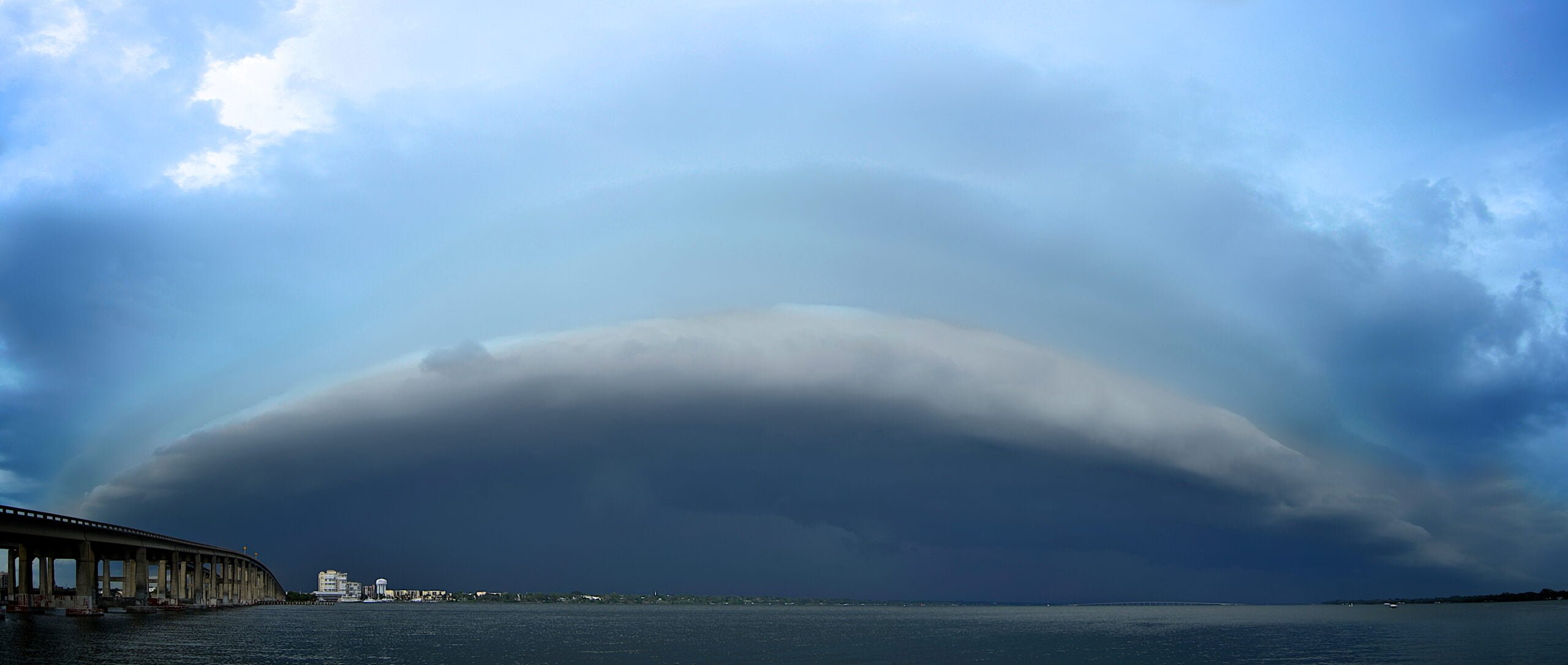A custom model of nutrient loadings to Florida’s Indian River Lagoon, IRL, was developed by three counties and 13 municipalities. Join Stormwater University speaker Gordon England as he explains the Spatial Watershed Interactive Loading model, SWIL, used satellite data and current modeling methods to more accurately predict nutrient loadings in the IRL than the method utilized by EPA for TMDL allocations. The resultant nutrient load model reduced EPA’s projected TMDL loadings and BMAP requirements in a subsection of the IRL by 29,000 pounds a year. This equated to an approximate reduction of $14,400,000 per year over 15 years of retrofit costs by local governments. This course will discuss SWIL demonstrated that groundwater baseflow loadings were higher than stormwater runoff loadings for the IRL and that EPA’s nutrient TMDL allocations were not achievable by runoff treatment alone.
Learning Objectives:
Upon completion of this course, attendees should be able to:
- Identify two GIS methods to model nutrient loads for developing TMDL allocations and reductions
- Explain advances in satellite data gathering and interpretation that allow actual long term hydrologic data determination rather than theoretical numbers
- Understand the use of mass balance calculations to determine evapotranspiration, baseflow, and stormwater volumes with nutrient loadings
- Explain the use of static and dynamic hydrologic components in the SWIL model with Python scripting provides reasonable long term calibration with real world data
About Instructor







